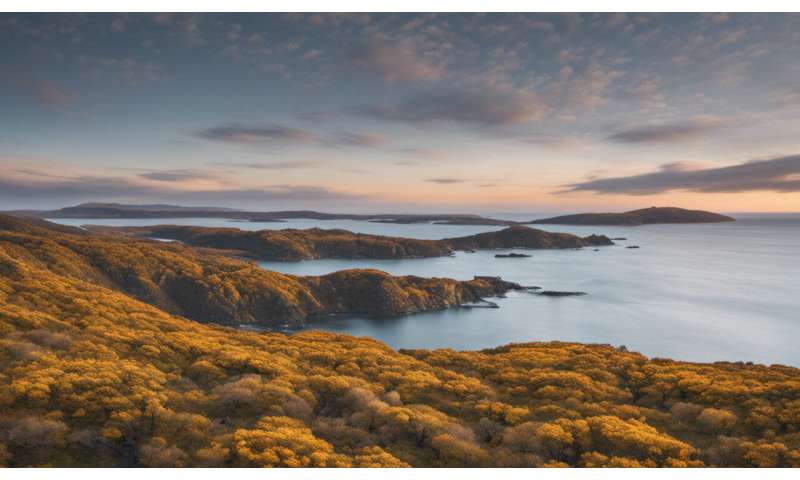It’s time environmentalists talked about the population problem

In all the talk of tackling environmental problems such as climate change, the problem of population growth often escapes attention. Politicians don’t like talking about it. By and large, neither do environmentalists—but former Greens leader Bob Brown has bucked that trend.
Brown recently declared the world’s population must start to decline before 2100, telling The Australian newspaper: “We are already using more than what the planet can supply and we use more than the living fabric of the planet in supply. That’s why we wake up every day to fewer fisheries, less forests, more extinctions and so on. The human herd at eight billion is the greatest herd of mammals ever on this planet and it is unsustainable to have that growing.”
Research suggests our species has far exceeded its fair share of the planetary bounty, and Brown is right to call for the global population to peak. It is high time others joined the chorus—not only other environmentalists, but those concerned with international development and human rights.
Population growth, by the numbers
COVID-19 has killed more than one million people. While undeniably tragic, the figure is minor compared to world’s annual growth in population, estimated by the United Nations at about 83 million.
In 1900, the world’s population was about 1.6 billion people. By 2023 it’s expected to hit 8 billion. According to the UN, it will reach 9.7 billion by 2050 and 11.2 billion by 2100.
(The US-based Institute for Health Metrics and Evaluation recently forecast a lower peak of about 9.7 billion by 2064, falling to about 8.8 billion by 2100.)
Why is the population growing so fast? Much of it is due to advanced fertilizers and intensive farming practices, leading to higher crop yields that can sustain more people. Health care has improved, and people are living much longer. And many parts of the world have historically had high fertility rates.
…click on the above link to read the rest of the article…